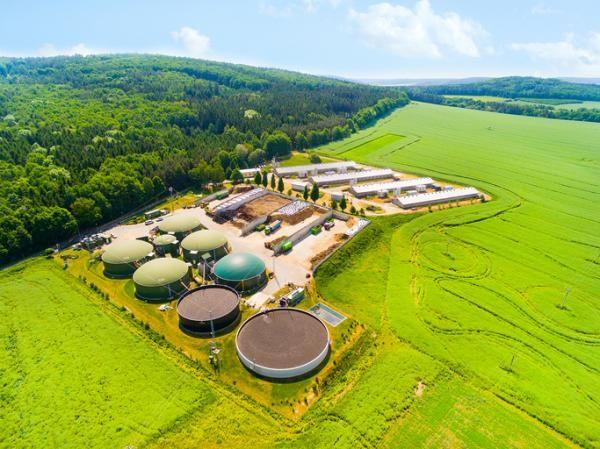What is biogas? How is its production carried out?
Biogas is a gas mixture formed during the fermentation (decomposition) of organic materials and usually contains methane (CH4) and carbon dioxide (CO2). These organic materials are usually materials of biological origin, such as waste, fertilizer, organic waste, or plant material. The production of biogas takes place by the decomposition of organic materials by bacteria and the collection of gases released during this process.
The production process of biogas includes the following steps:
Collection of Feed Material: Organic material is collected for the biogas production process. These materials can include animal waste, vegetable waste, food waste, farm waste and other organic materials. Decontamination is a common process.
Fermentation: Organic material is subjected to fermentation by bacteria in anaerobic (oxygen-free) conditions. In this process, bacteria decompose organic materials and produce methane and carbon dioxide. Under anaerobic conditions, methane production is the main product.
Collection of Biogas: Gases arising from fermented organic materials are usually collected in a biogas plant. Gas is usually a mixture in which methane is the majority.
Separation and Cleaning of Methane: The proportion of methane contained in the produced biogas can be increased, and carbon dioxide, hydrogen sulfide and other pollutants can be cleaned. This step is taken in order to increase the energy content of biogas and make its use suitable for various applications.
Energy Production: Purified biogas can be used to generate electricity and heat energy by passing it through a gas turbine or engine. In addition, it is possible to integrate biogas into natural gas networks by injecting it into refineries and power plants.
Biogas production plays an important role in terms of organic waste assessment and waste management. This process allows waste to be converted into energy without harming the environment, while at the same time preventing the release of methane gas into the atmosphere, which can reduce greenhouse Tue gas emissions.





